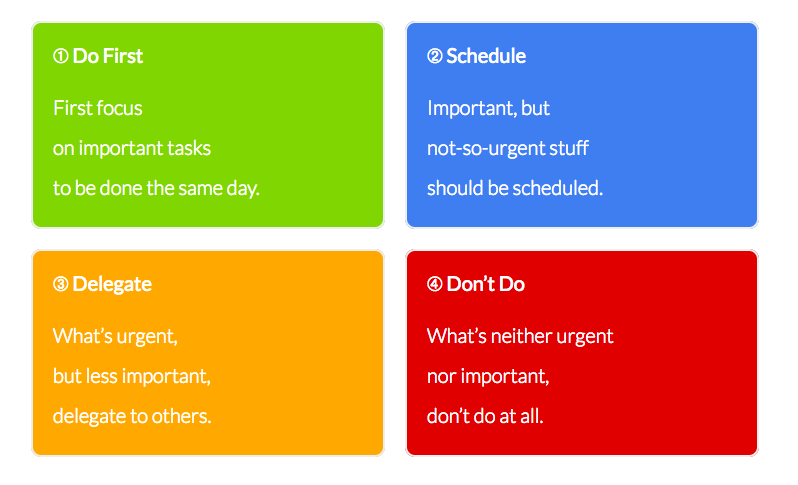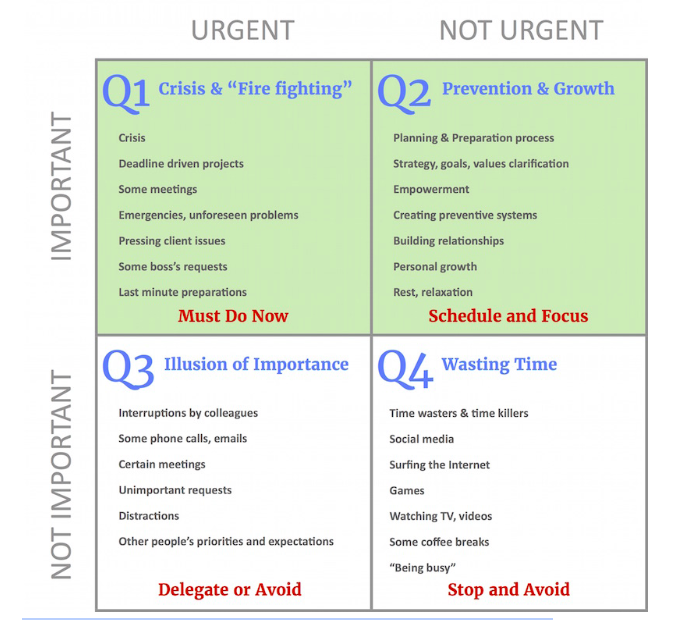70% of small businesses in the US are owned and operated by a single person.*
As a solopreneur, how on earth are you supposed to create enough content to fill 365 days in a year? As a small business where you wear multiple hats everyday, how are you supposed to create enough content? No matter what systems you have in place there simply isn’t enough time in the day to create a new piece of content every single day of the year.
So, what should you do as a small business to make sure your followers remain educated and in tune with your brand?
The number one thing you can do to streamline your posting is to repurpose your content.
Wait, what? This is an incredible time-saving tip that often is overlooked! Your Twitter followers aren’t necessarily the same as you LinkedIn connections and your newsletter list may not include your Facebook fans. Though you don’t want to publish duplicate articles in such a way that Google will penalize you, repurposing is much more than copying and pasting a blog post on multiple article websites.
Brochures and Traditional Media
We all still have some sort of ‘traditional’ marketing. For some this is in the form of flyers, brochures, presentations, newspaper articles, and even commercials in networking groups. Each of these present an opportunity to reuse content.
Flyers & Brochures
Grab the headers and images from these to create social media posts. You can additionally create a quick blog post with the content from the brochure.
Presentations & Interviews
What an incredible source for content. Create videos from your presentations and audio from your podcasts. You can then create a blog post that features these, as well as the transcription of the piece (hint use an app for this). Slides from your presentation can be turned into standalone social media posts and the videos can also be turned into lead-generating freebies.
You may even find that some aspects of the presentation or interview provide prompts for more in depth articles. Run with it!

Commercials from Networking Groups
If you really want to take control of your content calendar, you should plan out your networking group introductions. Typically these 45 second elevator pitches end up being last minute decisions, but if you plan ahead, not only will you see results within your networking group, but you also will create a new social media post for your business each week! Just as with interview questions providing prompts for longer blog posts, you may find people are especially drawn to one elevator pitch, pay attention and it may turn into a great article!
Blog Posts
Blog posts and articles are meant to be reused! Think of a typical blog you write, is there a list or bullets? Do you break the content up into multiple segments? Are there different ways to phrase the blog title? Your blog post can be recycled as social media posts and shared to other networks in its entirety.
Using Blogs for Social Media
The first week you publish a blog post, you should also share it to your social media channels (e.g. Facebook Business Page, Twitter, LinkedIn, Pinterest, Instagram, etc). Did you know that there are numerous services that can do this for you? We automatically share published blogs to our social media accounts utilizing wordpress plugins and Zapier or IFTTT. Using these plugins, you can decide which pieces of your content should be shared and how it should be structured.
After the posts are automatically shared, re-share the post the following week. The featured image can be shared on Pinterest and Instagram, whereas the blog title or a quote from a blog can be used on the other social media networks. But, that’s not it … If your blog contains the ‘Top 7 Ways to …’ SHARE each of the points as a post and link back to the blog. If your blog contains easily identified sections (as in you are using header tags as discussed in a recent blog on SEO and your blog) take each of the headings and share it as a social media post.
THEN, after a month or two, cycle back through your blogs and reshare them.
Blogs in Newsletters
Have you ever sat down to write a newsletter and found that after 45 minutes you still had a white screen? Newsletters can be difficult to put together because they are a personal communication with your tribe. Rather than trying to create fresh content for your entire newsletter, use your recent blog posts to provide valuable and educational content to your recipients.
A typical newsletter could include a brief (2-3 sentence) introductory greeting from the owner followed by top articles that you’ve published since the last blog.

Publishing Blogs on External Sites
On LinkedIn Pulse (Articles) and Medium.com, you can also copy and paste the content from your blog in its entirety as a way to share the information with your networks and position yourself as an expert in the field. LinkedIn currently doesn’t allow this through apps, but Medium.com has an API that allows numerous apps to automate this process.
Rewrite Old Blogs
The last step here is to actually rewrite and update old blog posts to keep them relevant and then start the sharing-cycle all over. When you rewrite an article, you can expand on ideas or just make the article more relevant to the current industry landscape. You can also combine older, shorter blog posts to create longer ones that tend to rank higher in organic listings.
Repurposing Images
Images drive digital engagement. Don’t shy away from reusing product images, event photos, or other pictures that relate to your business. The same image can be used multiple times with different captions, text overlays, and in blogs, newsletters, and social media posts. The repetitiveness of the images, provided you aren’t posting the same image every single day, can increase your brand awareness.
Time Savers for Repurposing Content

The best time to repurpose content, believe it or not, is actually when you first click “Publish” on your blog. How so, you might ask. When you publish a blog, you already know how many subtopics or bullet points are in the post. Additionally, you’ve just created images to enter into the blog.
Using tools like Hootsuite and Buffer, you should create the various iterations of the the social media posts that link back to the blog. Schedule these to be posted at different times during the day and different days of the week. Then move forward a month or two and create copy and paste a handful of the posts to be republished. On Twitter specifically, it is absolutely okay to publish the same post multiple times. On your other networks, consider the number of followers or fans before scheduling the same post or similar posts multiple times in a row.
Reusing and repurposing content is the number one thing your business can do to ensure you have enough content to fill 365 days of the year. By following the ideas laid out above, you can ensure your brand remains on point and that you still have time to focus on the aspects of your business that require daily attention.
How else have you repurposed content for your brand?
(eCapital: 20 Small Business Facts Your Might Not Know)

























